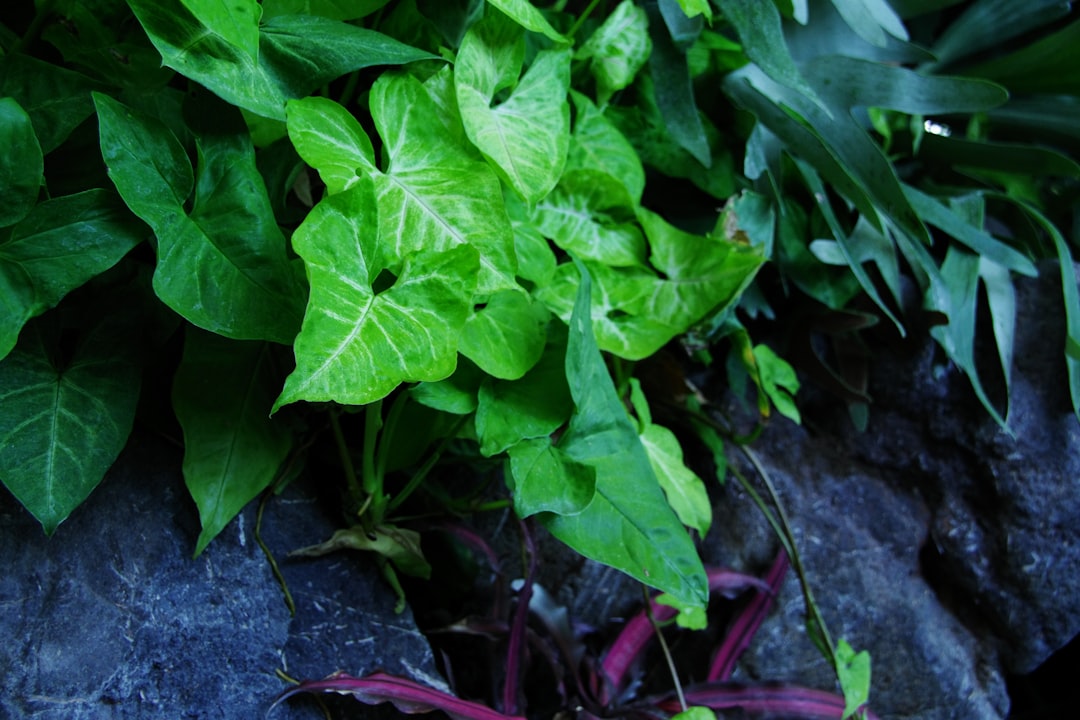Unleashing the Beauty of Shade: A Hosta - Centric Garden Makeover

When it comes to gardening, many of us focus on sun - drenched areas, overlooking the potential of the often - neglected spaces around trees. These areas, typically shaded, can be transformed into a breathtakingly lush display with the right garden plan. In this article, we'll explore how to create a hosta - filled shade garden that will turn those empty spots into a haven of natural beauty.
Hostas are the stars of the shade garden. With their wide range of leaf shapes, sizes, and colors, they offer endless possibilities for creating a visually appealing landscape. They are also relatively low - maintenance, making them an ideal choice for both novice and experienced gardeners. Before you start digging, it's essential to understand the specific conditions of your shade area. Different types of shade exist, including full shade, partial shade, and dappled shade. Most hostas thrive in partial to full shade, but some varieties can tolerate more sunlight. Observe your garden throughout the day to determine the type and duration of shade your area receives.
Once you've assessed the shade conditions, it's time to choose the right hostas. There are hundreds of hosta cultivars available, each with its unique characteristics. For a large - scale shade garden, consider using a mix of large, medium, and small hostas to add depth and texture. Large hostas, such as 'Sum and Substance,' can serve as focal points with their massive, bright - colored leaves. Medium - sized hostas like 'Frances Williams' offer a balance between size and visual interest, while small hostas, such as 'Blue Mouse Ears,' can be used to fill in gaps and create a more detailed look.
Soil preparation is crucial for the success of your hosta garden. Hostas prefer well - drained, fertile soil that is rich in organic matter. Start by removing any weeds, rocks, or debris from the area. Then, add a generous amount of compost or well - rotted manure to the soil. This will improve the soil structure, increase its water - holding capacity, and provide essential nutrients for the hostas. You can also add a slow - release fertilizer to the soil to give your hostas an extra boost during the growing season.
When it comes to planting your hostas, spacing is key. Proper spacing allows the plants to grow and spread without overcrowding. As a general rule, space large hostas about 3 to 4 feet apart, medium hostas about 2 to 3 feet apart, and small hostas about 1 to 2 feet apart. Dig a hole that is slightly larger than the root ball of the hosta. Place the hosta in the hole, making sure the crown (the point where the leaves meet the roots) is at or slightly above the soil level. Backfill the hole with soil, gently firming it around the roots. Water the newly planted hostas thoroughly to help settle the soil.
To enhance the beauty of your hosta - filled shade garden, consider adding some companion plants. Ferns are an excellent choice as they thrive in shade and complement the texture of hosta leaves. Astilbes, with their feathery plumes of flowers, can add a splash of color to the garden. Heucheras, also known as coral bells, come in a variety of leaf colors and can provide year - round interest. When selecting companion plants, make sure they have similar soil and water requirements as hostas.
Maintenance of your shade garden is relatively straightforward. Water your hostas regularly, especially during dry spells. However, be careful not to over - water, as hostas are susceptible to root rot. Mulching around the hostas can help retain moisture, suppress weeds, and regulate soil temperature. Apply a layer of organic mulch, such as shredded bark or leaves, about 2 to 3 inches thick. Remove any dead or damaged leaves throughout the growing season to keep the garden looking tidy.
In the fall, as the weather cools down, hostas will start to die back. This is a natural process. You can cut back the dead foliage to the ground and add a layer of mulch to protect the plants during the winter. Come spring, your hostas will emerge once again, ready to start another season of growth and beauty.
In conclusion, transforming empty areas around trees into a hosta - filled shade garden is a rewarding project that can add a touch of elegance and tranquility to your outdoor space. With careful planning, proper plant selection, and a little maintenance, you can create a lush and vibrant garden that will be the envy of your neighbors. So, roll up your sleeves, grab your gardening tools, and get started on your shade garden transformation today!